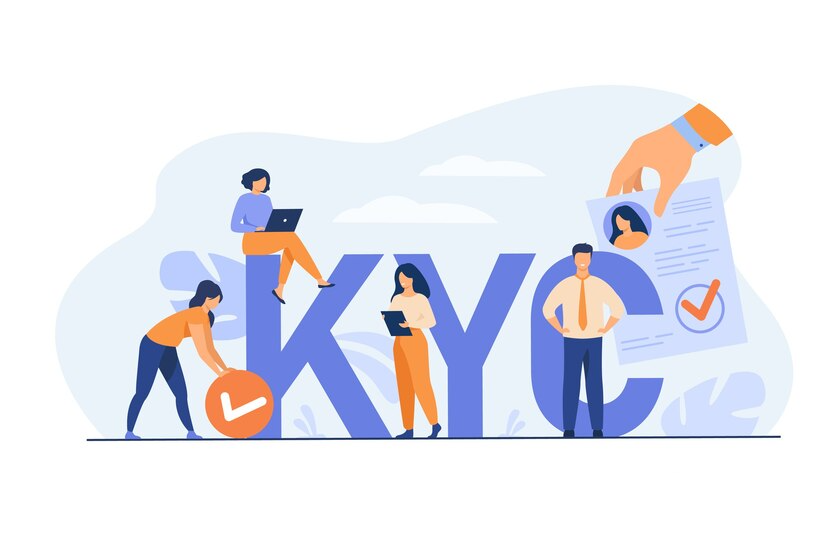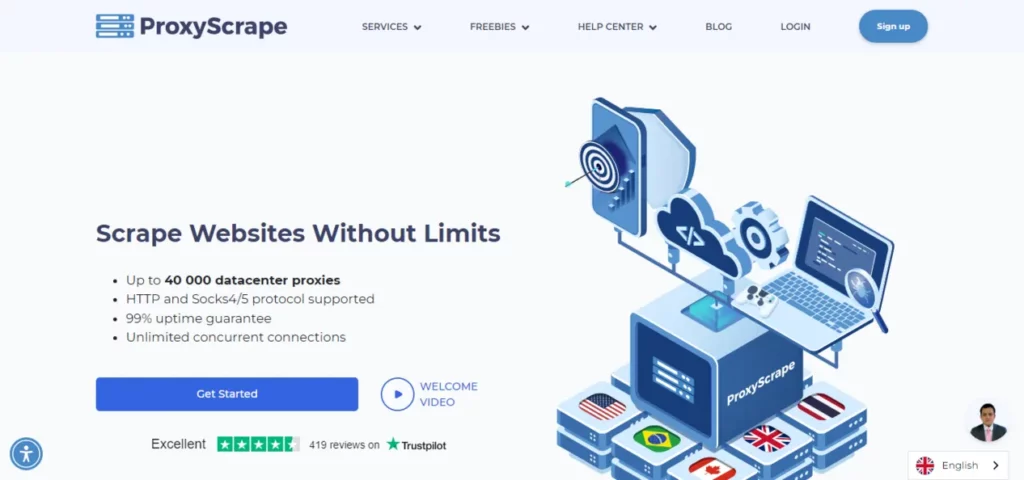In the realm of financial services, effective risk management is crucial to ensure compliance and maintain the integrity of operations. One of the most significant components of this framework is Know Your Customer (KYC). KYC is an essential process aimed at verifying the identity of customers, assessing their risk levels, and preventing illicit activities such as money laundering and fraud. In particular, identifying high-risk customers is a cornerstone of Anti-Money Laundering (AML) compliance. Institutions that proactively manage high-risk profiles are better equipped to maintain a robust operational framework and mitigate potential threats.
What Defines High-Risk Customers?
High-risk customers are individuals or entities that pose a higher likelihood of engaging in activities that could harm financial institutions or the global economy. These customers might include:
- Politically Exposed Persons (PEPs): Individuals in prominent public positions with a higher risk of corruption.
- Businesses in High-Risk Sectors: Companies operating in industries like gambling, cryptocurrency, or arms trading.
- Customers in High-Risk Jurisdictions: Entities located in regions with weak AML regulations or high rates of corruption.
- Complex Ownership Structures: Organizations with layered ownership that obscures the ultimate beneficiary.
- Frequent Large Transactions: Individuals or businesses conducting transactions with unusually high volumes or frequencies.
The Importance of KYC for High-Risk Customers
KYC for high-risk customers goes beyond the standard identification and verification processes. It ensures that institutions have a thorough understanding of customer behavior, financial activities, and potential risks. This detailed scrutiny helps financial institutions to:
- Reduce the Risk of Unauthorized Activities
Identifying high-risk customers ensures institutions can monitor their activities closely, minimizing opportunities for money laundering, terrorist financing, or other financial crimes. - Enhance Regulatory Compliance
Governments worldwide mandate strict KYC procedures as part of AML compliance. Failure to adhere to these regulations can result in substantial penalties and reputational damage. - Build Customer Trust
Robust KYC processes reassure customers that an institution is committed to transparency and security, fostering long-term loyalty.
Re KYC Period for High-Risk Customers
As part of their risk management strategy, financial institutions must periodically update KYC information. This process, known as Re KYC, is critical for maintaining accurate customer profiles and ensuring compliance with evolving regulations.
- High-Risk Customers: Re KYC must be performed every two years to account for any significant changes in customer behavior or risk factors.
- Medium-Risk Customers: Re KYC is required every eight years.
- Low-Risk Customers: Re KYC is mandated every ten years.
Frequent updates for high-risk customers ensure that institutions can promptly identify and mitigate any new risks.
Key Elements of KYC for High-Risk Customers
- Customer Identification Program (CIP):
This involves collecting and verifying personal information such as name, address, and identification documents. - Enhanced Due Diligence (EDD):
High-risk customers require additional scrutiny, including detailed assessments of their financial history, source of funds, and ongoing activities. - Transaction Monitoring:
Continuous monitoring of high-risk accounts allows institutions to detect and investigate unusual patterns or anomalies in transactions. - Risk-Based Approach:
Institutions classify customers into different risk categories and allocate resources accordingly, ensuring that high-risk profiles receive the most attention.
Challenges in Managing High-Risk Customers
While KYC processes are vital, they come with challenges:
- Data Accuracy: Ensuring that customer information is accurate and up-to-date can be time-consuming.
- Complex Regulations: Navigating varying AML and KYC requirements across jurisdictions can complicate compliance.
- Technology Limitations: Outdated systems may struggle to analyze large volumes of data effectively.
- Customer Resistance: High-risk customers might be reluctant to provide detailed information, complicating the verification process.
Technological Innovations in KYC
The evolution of technology has brought significant advancements in managing high-risk customers:
- Artificial Intelligence (AI) and Machine Learning:
These tools analyze customer behavior patterns to detect potential risks and anomalies. - Blockchain Technology:
Blockchain ensures transparency and immutability, making it easier to verify customer identities and transaction histories. - Biometric Authentication:
Using fingerprints or facial recognition enhances security and simplifies the verification process. - RegTech Solutions:
Regulatory technology platforms streamline compliance by automating data collection, analysis, and reporting.
Conclusion
Managing high-risk customers through robust KYC processes is essential for safeguarding financial institutions and maintaining global economic stability. By implementing comprehensive identification measures, conducting Enhanced Due Diligence, and adhering to periodic Re KYC updates, institutions can effectively mitigate risks associated with high-risk accounts.
Technological innovations such as AI, blockchain, and RegTech solutions are revolutionizing the way organizations approach KYC, enabling more efficient and accurate risk management. However, the success of these processes depends on a proactive approach, continuous learning, and collaboration across industries and regulatory bodies.
As the financial landscape evolves, institutions must remain vigilant in their efforts to identify, monitor, and manage high-risk customers. The integration of advanced tools and practices will not only ensure compliance but also build a foundation of trust and security in the financial ecosystem.



